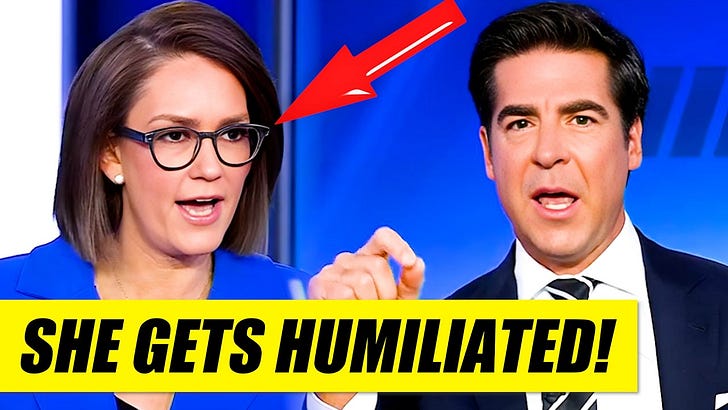
The Anatomy of Hateful Nationalism
Branding to Mask Oppression:
Nationalist movements, when fueled by lies, hate, and manipulative branding, can indeed lead to devastating consequences for their own people. History offers stark examples of how such tactics have been used to consolidate power, suppress dissent, and marginalize vulnerable groups—all under the guise of patriotism.
Nationalist branding frequently glorifies the movement's ideals while masking its darker agendas. Symbols, slogans, and rhetoric are used to rally support, often at the expense of truth and transparency.
Hate as a Tool for Division:
By fostering hatred against perceived "outsiders" or minority groups, nationalist movements can fracture societies, turning neighbors into enemies. This division often results in violence, discrimination, and the loss of social cohesion.
Manipulation Through Lies:
Propaganda and misinformation are often employed to distort reality, creating an "us vs. them" narrative. This can lead to the erosion of trust, the spread of fear, and the justification of harmful policies.
The Human Cost
The impact of such movements is felt most acutely by the marginalized and oppressed. Millions can face poverty, displacement, and even death as a result of policies driven by hate and misinformation. The broader society suffers too, as the fabric of trust and unity is torn apart.
If you're exploring this topic for your global classroom project, it could be powerful to examine specific historical examples where nationalism caused harm. This could include discussions on propaganda techniques, the role of education in countering misinformation, and the importance of fostering inclusive narratives. Let me know if you'd like to dive deeper into any of these aspects.
Historical Case Studies and Modern Parallels
Nazi Germany:
The regime’s propaganda machine not only rewrote history but also instilled deep-seated hatred against Jews, Romani people, and other minorities. This systematic dehumanization paved the way for the Holocaust—a catastrophic outcome of branding and politicized hate.
Ethnic Nationalisms:
In various parts of the world, ethnic nationalist movements have similarly exploited historical grievances. In the Balkans during the 1990s, divisive propaganda contributed to brutal conflicts. In these instances, lies and hate did more than destabilize regions—they left deep scars that affect intercommunal relationships to this day.
Modern Reflections:
Even today, we see echoes of these tactics. Populist movements worldwide sometimes lean on distorted narratives and divisive branding to mobilize support. The lessons from history remind us that when propaganda glorifies a one-dimensional national identity and demonizes the other, the consequences can be both immediate and lasting.
Joseph Goebbels: The Architect of Nazi Propaganda
Goebbels, as Hitler’s Minister of Propaganda, mastered the art of simplified hate-mongering. He used repetitive and emotionally charged messaging to instill fear and hatred against Jews and other minorities, portraying them as scapegoats for Germany’s struggles. His infamous quote, “A lie told once remains a lie, but a lie told a thousand times becomes the truth,” encapsulates his approach. Through films, speeches, and media, Goebbels created a narrative that justified the Holocaust and other atrocities, crushing millions under the weight of systemic oppression.
Stephen Miller: Modern Echoes of Divisive Rhetoric
Stephen Miller, a senior policy adviser during the Trump administration, has been compared to Goebbels for his use of nationalist rhetoric and policies. Miller’s speeches and actions often targeted immigrants and minorities, framing them as threats to American identity and security. His role in crafting policies like the travel ban and family separation at the border exemplifies how branding and divisive rhetoric can be used to marginalize vulnerable groups. While Miller’s approach differs in context and scale, the parallels in strategy—using fear and exclusion to rally support—are striking.
The Human Cost of Divisive Nationalism
Both Goebbels and Miller illustrate how nationalist movements can exploit lies and hate to consolidate power. The consequences are devastating: fractured societies, marginalized communities, and widespread suffering. By creating an “us vs. them” narrative, these movements erode trust and unity, leaving lasting scars on the masses they claim to protect.









































